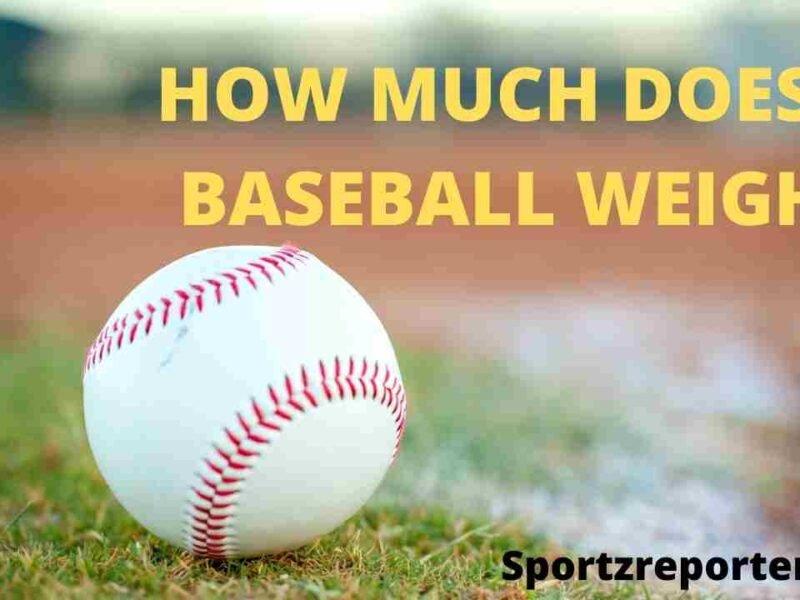Have you ever heard or seen WAR in baseball stats? This article is about the WAR in baseball stats, where we will discuss all information related to it, and if you are interested to know enticing facts about the war in baseball stats, then keep on reading till the end with more interesting facts.

WAR stands for “Wins above replacement”, which shows a player’s change that can be either positive or negative to an average basketball player.
WAR in baseball stats
Wins above replacement also referred to as WAR in baseball stats, is a statistical measurement which shows the better or worse of a basketball player compared to an average basketball player. There are three ways in which a player can be worse than an average player, the second is when he is equal to an average basketball player, and the third is that he has a better score than the average player.
Teams always prefer to choose those baseball players whose WAR is better than average baseball players because it increases their chance of beating the opponent on the field.
WHAT IS WARP?
You may have witnessed WARP besides WAR which means wins above replacement players; while these two terms may seem different, their meanings are the same, and it doesn’t change the fact the final purpose is winning above replacement.
Multiple other key performance indicators exist, such as ERA, WHIP, and OPS. Still, WAR is one of the most famous and widely used performance indicators, which not only explains a player but also shows the probability of winning a match of a baseball team. WAR stats are very comprehensive, but it is also noteworthy that there is only one number in these stats.
WAR in baseball stats covers all the dimensions and explains everything about a player’s performance; hence, players need to maintain high WAR in baseball stats.
Read this article: HOW TO STYLE A BASEBALL JERSEY
HOW TO CALCULATE WAR?
Calculating war in baseball stats is a very complex task where only experts can calculate the most precise WAR. However, a formula is available, but without expert knowledge, making a single mistake can show you the wrong stats.

The formula is calculating the most complex performance indicator is as follows. WAR=( The number of scores beyond average that an MLB player is worth in base running, batting and fielding + adjustment of the position + adjustment of the league + total runs scored by a replacement-level player) total runs divided by an unlimited number of matches played.
It must not be forgotten that there is no official formula available for calculating WAR, and professionals are the only ones capable of doing so. You may want to say that we have the means to enter all the data and verify that it works, but in reality, the results do not match up even a little error can make an enormous difference.
Read this article: WHAT DOES SP MEAN IN BASEBALL: TYPES OF PITCHERS AND THEIR IMPORTANCE
VALUES OF WAR
So far, we have discussed WAR in great detail, but here we will look at the values of war. What are the good, bad and average war values? Let’s find out.
A player whose WAR in baseball stats is less than zero is called a replaceable player, and team coaches always replace such players with WAR stats above 2.1. Similarly, a player whose WAR stats is between 0 and 2 is called a backup player, and even such players are not preferred due to their weak performance.
Baseball team coaches always prefer players whose WAR stats are above 2.1, and a player with WAR STATS OF UPTO 4.9 is known as a good player who should start a game. Furthermore, players with WAR stats of up to 7.9 are known as the best candidates, and finally, those whose stats are equal to or above eight are known as the unbeatable players in baseball.
As we can see, a player whose WAR is higher is most probably a player whose absence can put a team in great danger of losing the game, whereas their presence can turn a match upside down.
Read this article: HOW MANY STITCHES ON A BASEBALL
Conclusion
WAR is a key performance indicator in baseball and is very important to track. It can help teams evaluate players and make decisions about who to trade or sign. Additionally, WAR can help fans better understand how well their team is doing and how they stack up against the competition.
Read this article: HOW MUCH DOES A BASEBALL WEIGH: THE HISTORY OF BASEBALL



